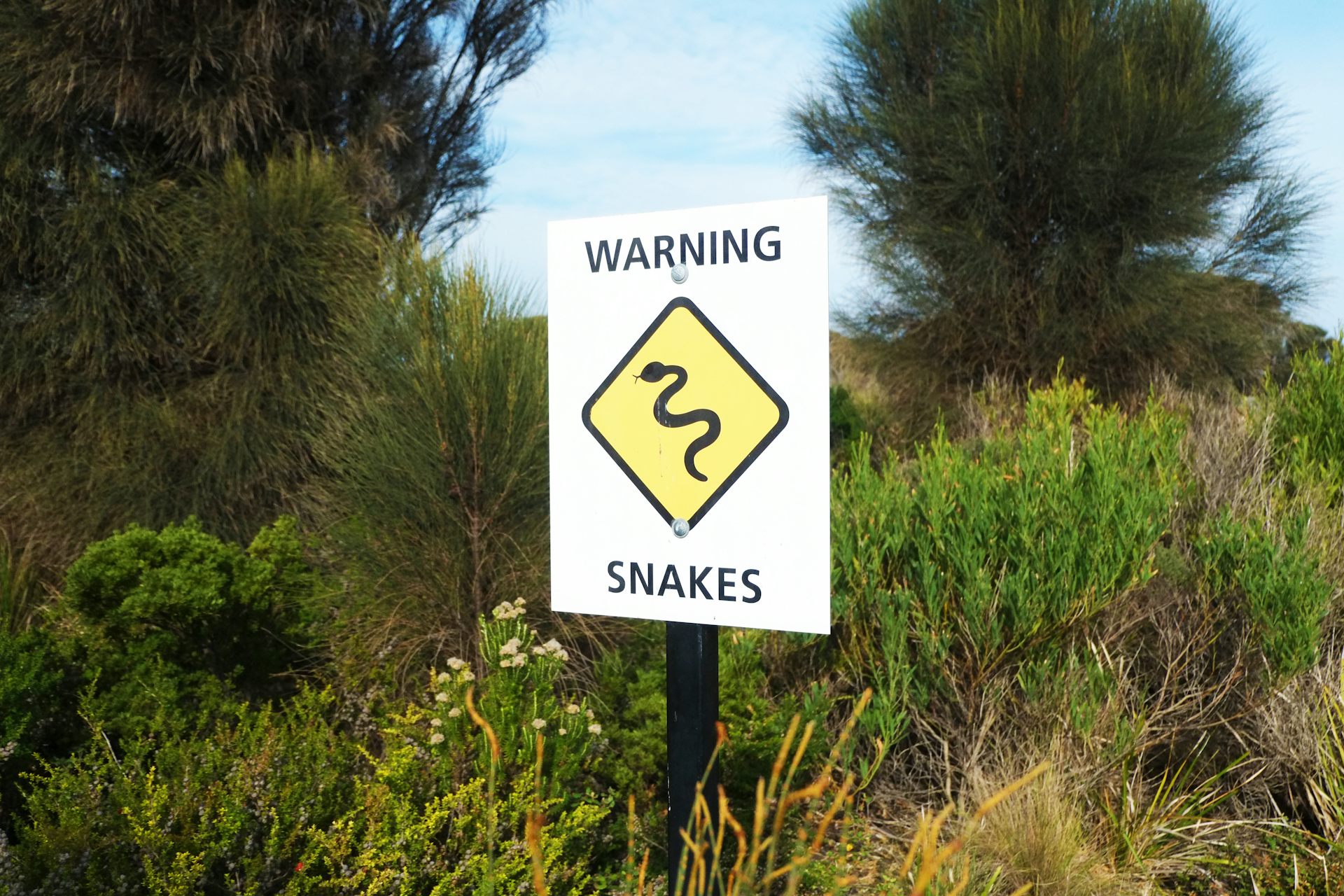Introduction
Tiger serpents (Notechis scutatus) are among the most fascinating yet been afraid reptiles discovered in Australia. With their striking appearance and potent poison, these serpents stimulate a blend of admiration and care. Observing tiger serpents in their native environment can be an electrifying experience for nature lovers, wild animals digital photographers, and researchers alike. Nonetheless, it's crucial to approach this undertaking with respect for the animal's habitat and an understanding of safety measures to avoid serpent bites.
In this extensive guide, we'll check out just how to securely observe tiger serpents in their all-natural habitat. We will certainly cover subjects varying from recognizing their actions and environments to first aid for snake attacks-- furnishing you with knowledge to boost your experience while decreasing risks.
What is a Tiger Snake?
Tiger serpents are very poisonous serpents belonging to Australia, specifically Tasmania and seaside areas. They are recognized for their unique grouped pigmentation appearing like a tiger's red stripes, which can range from yellowish-brown to dark brownish or even black.
Physical Characteristics
Tiger snakes are tool to large-sized serpents that can grow up to 2 meters long. Their bodies are durable, and they have a wide head that is definitely bigger than their necks.
Habitat Preferences of Tiger Snakes
These reptiles normally live in wetlands, estuaries, and seaside regions yet can likewise be located near freshwater sources like rivers and lakes. Recognizing where these snakes live is crucial for anybody wanting to observe them safely.
Understanding Tiger Serpent Behavior
Are Tiger Snakes Venomous?
Yes, tiger snakes are among one of the most poisonous snake species globally. Their poison has neurotoxins that can result in serious clinical complications if bitten.
Behavioral Traits
Tiger snakes are normally reluctant creatures; they like to avoid human communication. However, they can come to be hostile if intimidated or caught.
Where Can You Locate Tiger Snakes?
Tiger Serpent Environment Exploration
To safely observe tiger snakes in their natural habitat, it's essential initially to recognize where they flourish. They often tend to prefer:
- Coastal marshlands Mangroves Swamps Riverbanks
Best Locations for Observation
Some advised locations consist of:
- Tasmanian wetlands The shorelines of southerly Australia National parks with water bodies
Safety Safety measures Prior to Observing Tiger Snakes
Understanding the Threats of a Tiger Snake Bite
Although encounters with tiger snakes can be thrilling, recognizing the risks included is critical:
Recognize symptoms of a snake bite: swelling at the site, pain emitting from the bite area. Know emergency situation contacts: Familiarize yourself with local emergency services. Carry a first-aid set especially geared up for serpent bites.First Help for Serpent Bites: What You Need to Know
Knowing what actions More helpful hints to take if bitten might save your life or somebody else's:
- Stay calmness; activity enhances poison spread. Call for medical help immediately. Do not apply ice or attempt suctioning.
How to Safely Observe Tiger Snakes in Their All-natural Habitat
When you decide to observe tiger snakes in the wild:
Dress Appropriately: Wear lengthy trousers and strong boots. Use Binoculars: Maintain a secure distance while observing these reptiles. Avoid Abrupt Movements: Quick motions may stun them. Stay on Developed Trails: Stay clear of wandering right into dense underbrush where visibility is low.Equipment Required for Observation
Essential Equipment Checklist
- Binoculars First-aid set specifically developed for serpent bites Field manual on Australian reptiles Camera (with zoom capacity)
Snake Bite First Aid Set Essentials
A well-equipped first aid set need to consist of:|Product|Function|| -------------------------------|-------------------------------|| Compression bandage|To immobilize the damaged location|| Antihistamines|For allergies|| Emergency get in touch with numbers|Quick accessibility during emergencies|
Interpreting Tiger Serpent Signals
Understanding exactly how tiger serpents communicate via body language aids observers assess when it's secure or dangerous:

Common Behaviors
Defensive pose: If curled or increased off the ground. Retreating habits: When they gradually back away from possible threats.Dealing With Possible Encounters
Even with safety measures taken, an encounter might still happen throughout your observation trip:
Remain tranquility; stressing just increases risks. Slowly pull back without transforming your back on the snake. Make your presence known verbally but stay clear of abrupt movements.Frequently Asked Concerns Regarding Tiger Snakes
1. What ought to I do if I see a tiger snake?
Remain calm; observe from a distance without disturbing it.
2. Are baby tiger snakes dangerous?
Yes, juvenile tiger serpents are birthed poisonous and may posture risks comparable to grownups despite being smaller.

3. Exactly how usual are tiger snake bites?
While cases happen every year in Australia, casualties are uncommon because of punctual therapy availability.
4. Can I maintain a tiger serpent as a pet?
Keeping wild tiger serpents as pets is unlawful in many areas due to preservation laws.
5. What does a tiger serpent bite look like?
Bite marks typically reveal two puncture injuries in addition to local swelling and discoloration.
6. How effective is antivenom?
Antivenom therapy is extremely reliable when carried out prompt after a bite.
Conclusion
Observing tiger serpents in their all-natural habitat provides an electrifying opportunity for wildlife enthusiasts but have to be come close to with caution and regard Treatment protocol for both the creature and its Australian snake habitats environment. By equipping on your own with knowledge regarding these remarkable reptiles-- consisting of recognizing their habits and safety measures-- you can delight in memorable experiences while substantially reducing dangers associated with encounters.
In recap, always prioritize safety by preparing effectively before embarking on any kind of wildlife observation expedition-- particularly when dealing with several of nature's most poisonous animals like the tiger snake!